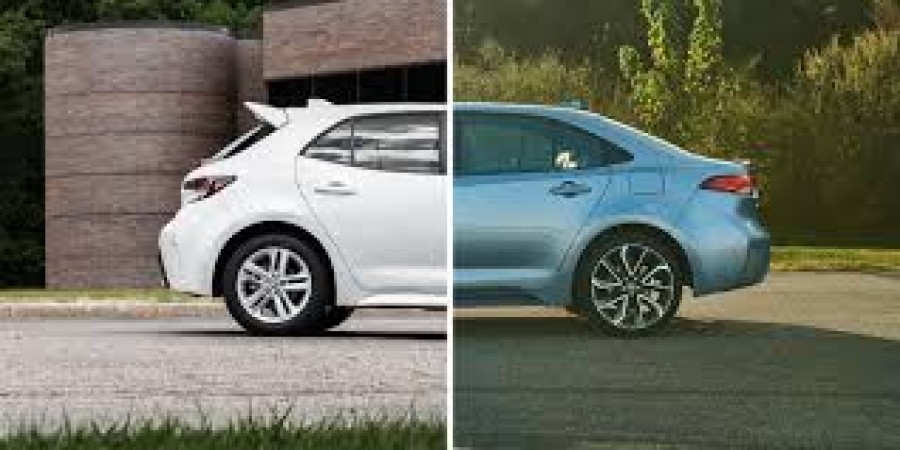
When it comes to choosing a car, one of the key decisions you'll need to make is between a hatchback and a sedan. Both styles have their own distinct features and benefits, catering to different preferences and needs. Understanding the differences between these two types of vehicles can help you make an informed decision that suits your lifestyle and driving requirements.
Body Style and Design
Hatchback: A hatchback typically features a shorter rear overhang and a rear door that opens upwards, providing access to the cargo area. The rear window is often steeply raked, and the roofline extends all the way to the rear of the vehicle. This design allows for a more versatile cargo space, as the rear seats can often be folded down to accommodate larger items.
Sedan: Sedans, on the other hand, have a separate trunk compartment that is distinct from the passenger cabin. The rear window is usually more upright, and the roofline terminates before reaching the trunk. Sedans typically offer a spacious interior for passengers, with a separate compartment for cargo in the trunk.
Cargo Space and Practicality
Hatchback: Due to their design, hatchbacks are known for their versatility and practicality. The rear seats can be folded down to create a larger cargo area, making hatchbacks ideal for transporting bulky items or luggage. The wide rear opening also facilitates loading and unloading of cargo.
Sedan: While sedans may have a smaller overall cargo capacity compared to hatchbacks, they often provide a more secure and enclosed storage space in the trunk. Sedans are well-suited for daily commuting and transporting passengers in comfort, with ample legroom and headroom in the rear seats.
Aesthetic Appeal
Hatchback: Hatchbacks are favored by some for their sporty and youthful appearance. The sleek lines and compact size of hatchback cars make them popular choices for urban driving and navigating tight spaces. Additionally, the rear hatch can lend a distinctive look to the vehicle's exterior.
Sedan: Sedans are often associated with a more classic and elegant aesthetic. The longer wheelbase and flowing roofline of sedans contribute to a refined and sophisticated appearance. Sedans may appeal to those seeking a more traditional and timeless design.
Driving Dynamics
Hatchback: Hatchbacks typically have a shorter wheelbase and lower center of gravity, which can result in nimble handling and responsive steering. The compact size of hatchback cars makes them well-suited for maneuvering through city streets and parking in tight spots.
Sedan: Sedans often prioritize comfort and stability, with a longer wheelbase that provides a smooth and composed ride. The additional weight and length of sedans can contribute to a planted feel on the road, especially at higher speeds and on long highway journeys.
Fuel Efficiency and Performance
Hatchback: Due to their smaller size and lighter weight, hatchbacks may offer better fuel efficiency compared to sedans, particularly in city driving conditions. Many hatchback models also come equipped with efficient engines that deliver impressive mileage.
Sedan: While sedans may have slightly lower fuel efficiency compared to hatchbacks, they often offer a wider range of engine options, including more powerful and performance-oriented variants. Sedans are well-suited for long-distance driving and highway cruising, thanks to their stable and balanced dynamics.
In summary, the choice between a hatchback and a sedan ultimately depends on your individual preferences, lifestyle, and driving habits. Hatchbacks offer versatility and practicality, making them ideal for urban driving and carrying bulky items. Sedans, on the other hand, provide a spacious and comfortable interior, with a refined aesthetic and smooth driving experience. By understanding the distinctive features of each type of vehicle, you can select the one that best suits your needs and preferences.
Snoring Disturbs Your Partner? Here’s How to Ensure a Peaceful Night's Sleep
How to Naturally increase Dopamine, your Feel-good hormone? 10 Tips